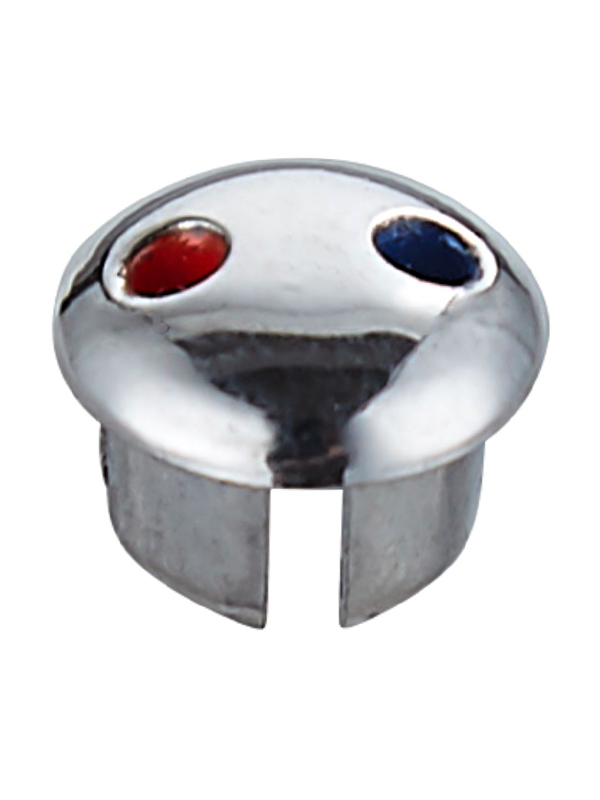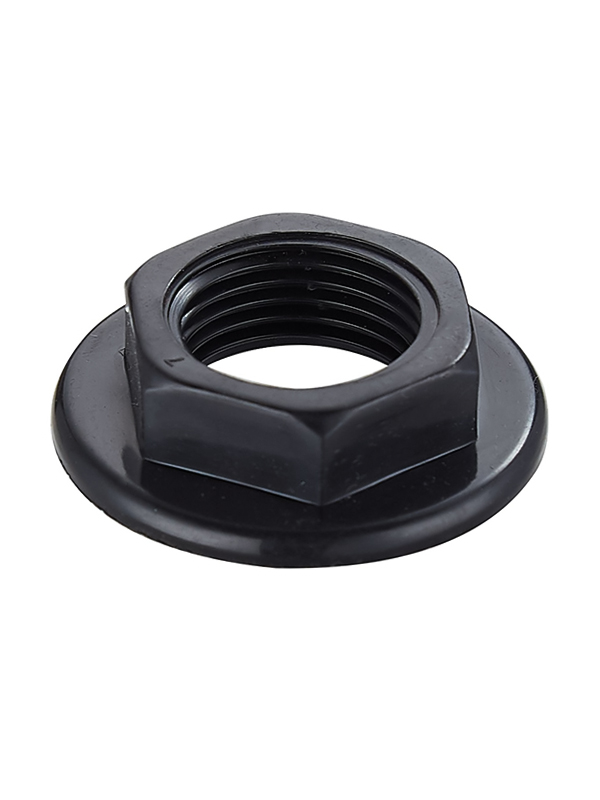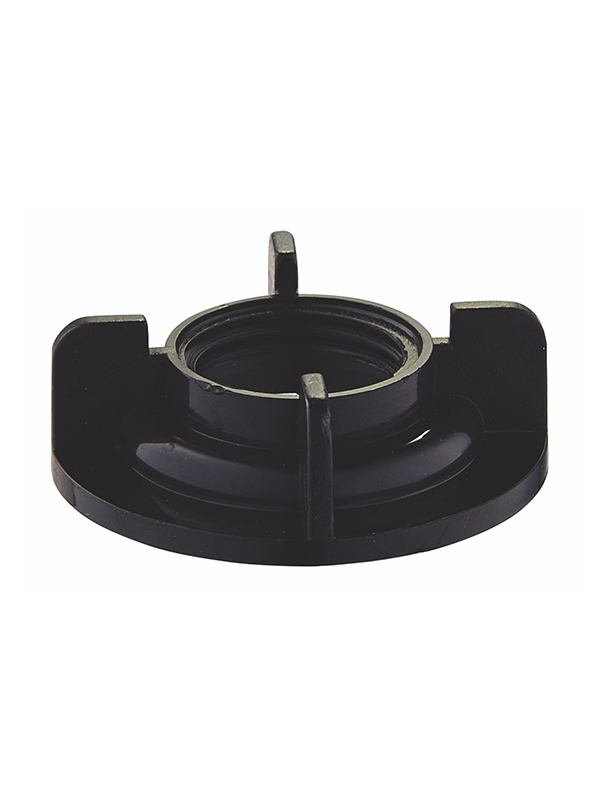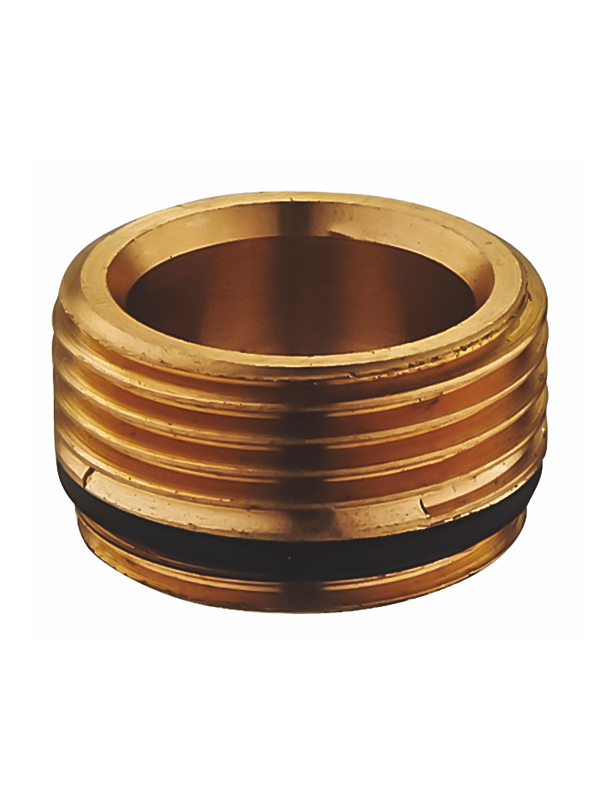In homes and commercial spaces worldwide, the sink faucet continues to serve as both a functional necessity and a design statement in kitchen and bathroom environments. This essential fixture has evolved beyond its basic purpose of delivering water to become a focal point in interior design schemes. The selection of a sink faucet now involves considerations of aesthetics, water efficiency, and user convenience alongside traditional performance requirements. From smallist bathroom vanities to professional kitchen setups, the sink faucet represents a intersection of engineering and design that impacts daily routines and spatial aesthetics.
The fundamental operation of a sink faucet centers on controlling water flow and temperature with precision and reliability. A well-engineered sink faucet incorporates valves and cartridges that regulate water delivery while maintaining consistent performance over years of use. The design of a quality sink faucet includes aerators that mix air with water to reduce splashing while maintaining effective pressure. The spout configuration of the sink faucet determines its functionality, with different heights and reaches suited to various sink types and usage patterns. These technical elements work together to make the sink faucet an efficient and user-friendly component of any water delivery system.
Contemporary sink faucet designs reflect evolving trends in interior design and technological integration. Today's market offers sink faucet options in numerous finishes, from traditional chrome to matte black and brushed gold, allowing coordination with diverse decorative schemes. Modern sink faucet configurations include single-handle models that simplify temperature control, motion-activated versions that enhance hygiene, and professional-style kitchen models with versatile spray patterns. The development of specialized sink faucet designs has produced pot-filler models for kitchen installations, wall-mounted versions for smallist bathrooms, and widespread configurations for traditional vanity setups. These options demonstrate how the sink faucet category continues to diversify to meet varying user preferences and installation requirements.
The installation of a sink faucet involves considerations that span practical function and aesthetic integration. Kitchen designers frequently select a sink faucet that complements both the cabinetry and the sink bowl, creating a cohesive visual presentation. Bathroom designers often choose a sink faucet that aligns with the overall style of the space, whether traditional, contemporary, or transitional. The practical aspects of sink faucet installation include ensuring proper clearance for user comfort and maintenance access, while also considering water supply connections and deck plate configurations. These installation considerations highlight how the sink faucet must balance visual appeal with technical requirements to succeed in its dual role as functional fixture and design element.
Looking forward, the sink faucet industry continues to innovate with emphasis on water conservation, user experience, and smart home integration. Recent developments include sink faucet models with improved flow rates that maintain performance while reducing water consumption. Technological advancements have introduced sink faucet options with temperature memory functions, flow rate indicators, and even filtration status monitors. As connected home technology progresses, we may see increased integration between the sink faucet and other smart home systems, potentially including voice-controlled operation or usage monitoring. The ongoing evolution of sink faucet design and technology ensures this essential fixture will continue to adapt to changing user expectations while maintaining its central role in residential and commercial water systems, demonstrating how even the many established household elements can continue to evolve through thoughtful design and technological innovation.










